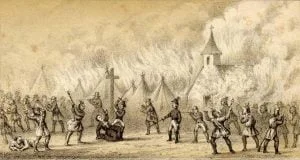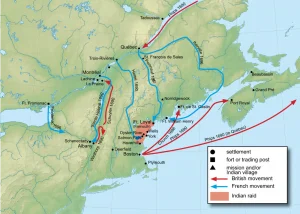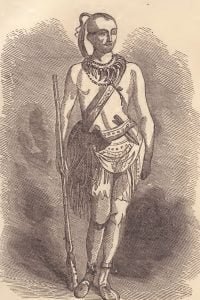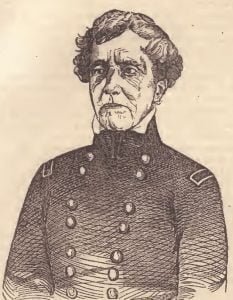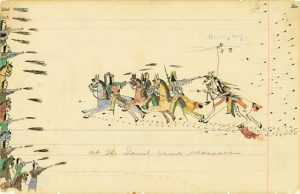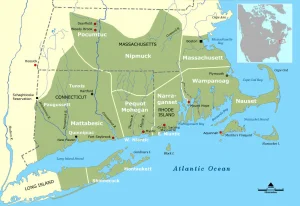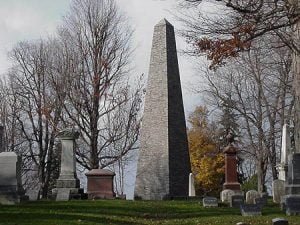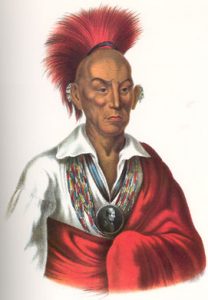Massacre at Howard’s Well and Other Depredations – Indian Wars
Closely following the outbreak of the Cherokees and half -breed renegades at Whitemore‘s, Barren Fork, came on attack by a similar party of Indians, half breeds, and Mexicans combined, on a train of supplies, en route to Fort Stockton, at Howard’s Well, near old Fort Lancaster. The facts of this one of the most inhuman massacres in history were reported to the “War Department, by Col. Merritt, through General Angua, under date of April 29th, 1872. We give the report as written: On the 20th inst, I arrived with the cavalry of my command at Howard’s Well, a few hours too … Read more

